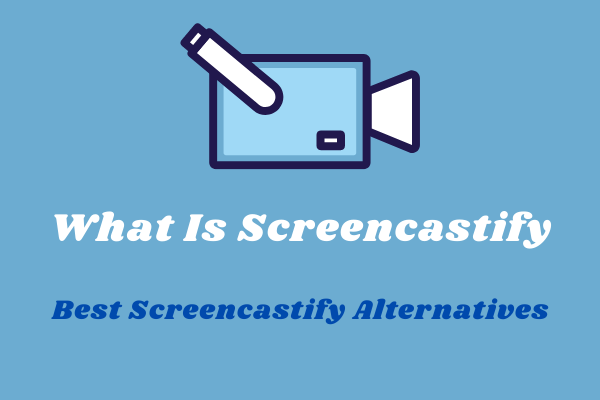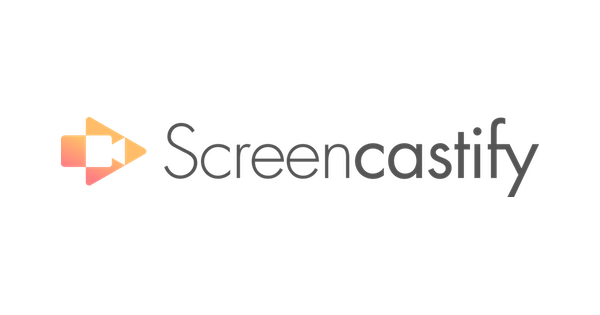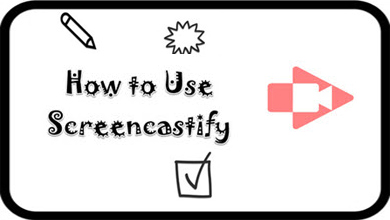


- #Screencastify green screen how to
- #Screencastify green screen software
- #Screencastify green screen plus
Once you have a plan in place, it is a good practice to write a brief outline of your script. And it is generally a good idea to cover that level of detail in your plan.įinally, you should decide if you want to include a webcam feed in your video and if you want to record system audio alongside your microphone audio. If you need to explain certain features better, you can leverage annotations and editing effects to make your task easier. Then you should map out how much time you will allocate to covering different features or aspects of the product. Next, you need to decide your video’s overall length based on what you’re going to cover, the general practice in your space, and your audience’s attention span. To begin with, you should decide which features of the product you need to capture in the video and how much detail you should cover for each of them.įor that, you should consider the importance of different features and how easy or difficult it is to understand them. Once you have gathered answers to these questions, you can use them to plan your video content.
#Screencastify green screen software
Let’s suppose you want to create a training/tutorial for a software product. Here I’ll take the help of an example to illustrate how you can plan your video. To create a plan, you should start with the fundamentals - understanding your target audience and what problem your video is solving for them.
#Screencastify green screen plus
By having a clear plan in place, you will be in a much better position to create high-quality videos, plus it will minimize any chances of rework. The first step in creating a screencast should be making a plan. Now, let’s take a deep dive into the different steps involved in the process.
#Screencastify green screen how to
Whether you’re a beginner or an established creator, you can quickly master how to make a screencast with these simple steps.



 0 kommentar(er)
0 kommentar(er)
